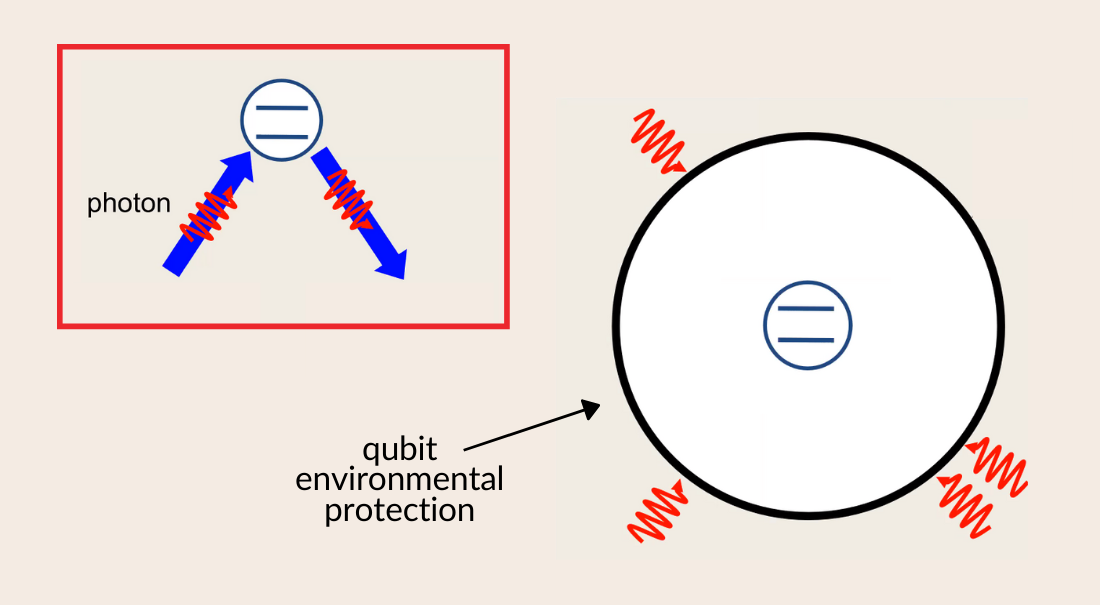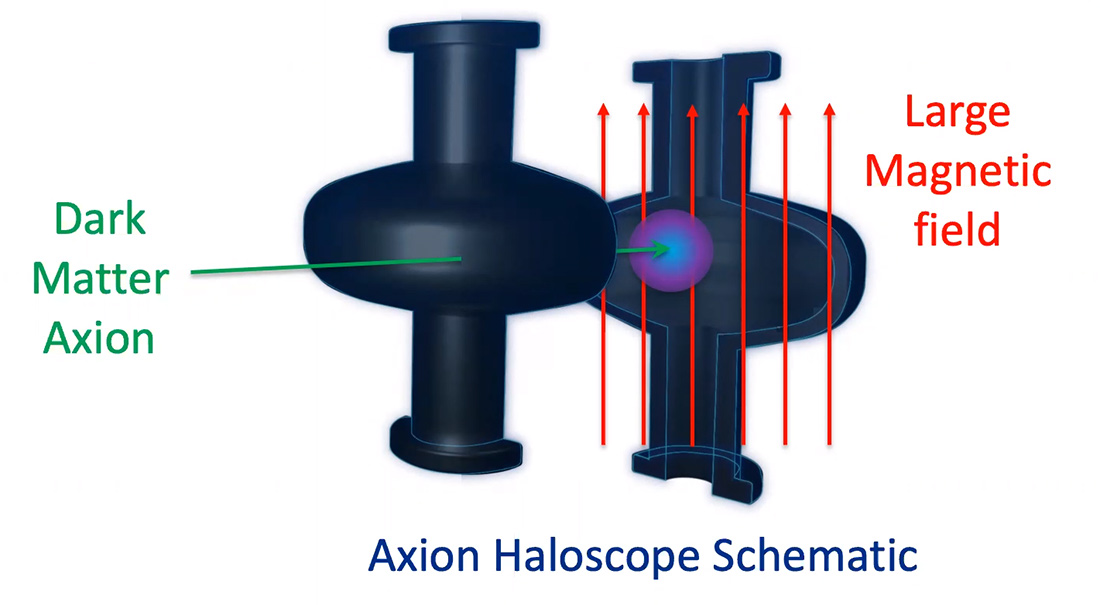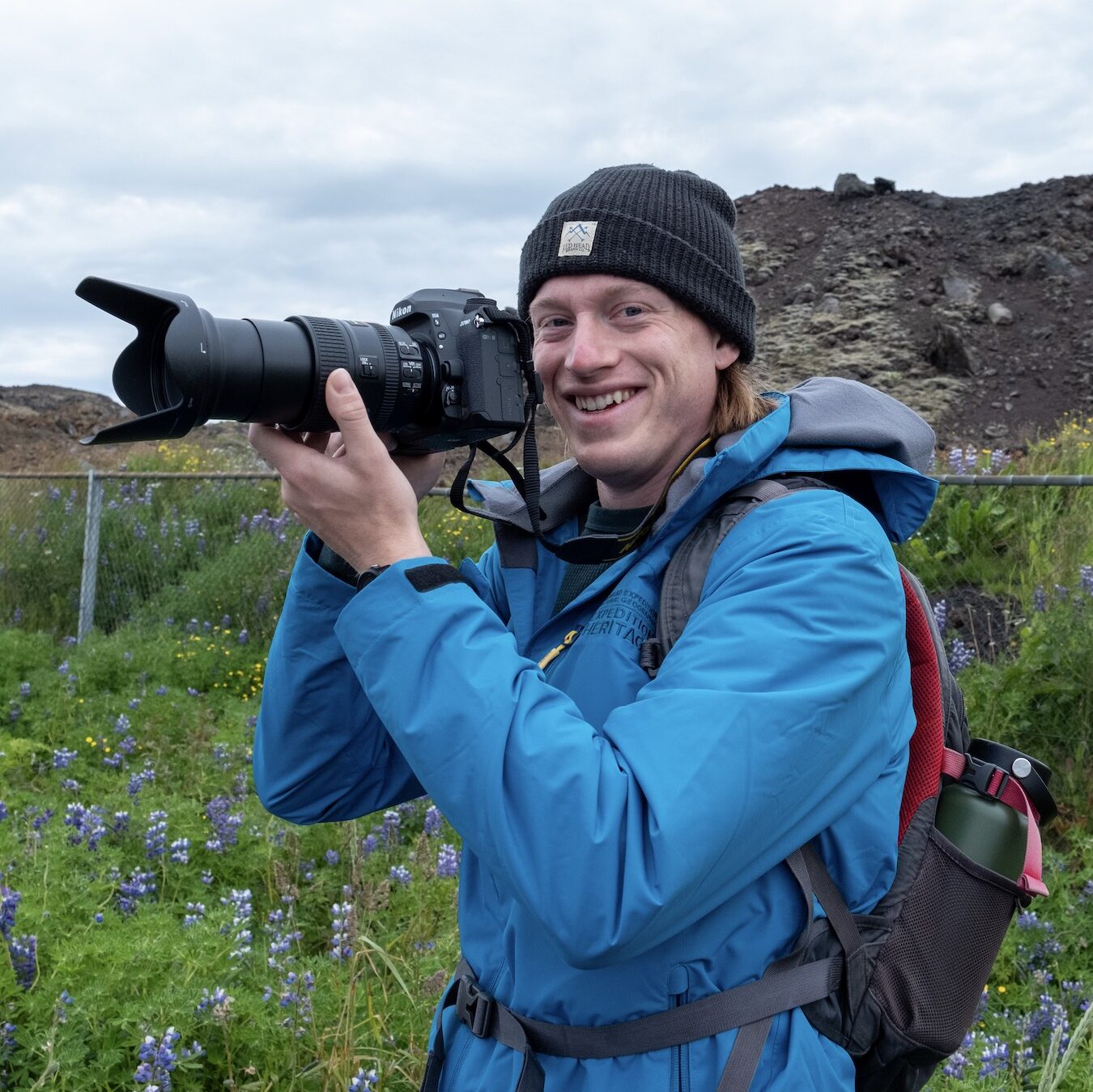
Fermilab’s particle acceleration technology gives other projects a leg up

By Emily Little and Marisa Sloan
When it comes to big questions about the origins of the universe, scientists are looking to some of its smallest particles for answers.
Fermi National Accelerator Laboratory is a 6,800-acre laboratory located less than an hour west of Chicago, Illinois. Its mission is to be the leading center for particle science, a field that revolves around understanding and controlling the most basic building blocks of the universe.
Over the years, the tools developed to drive this science — complex accelerators that collide particle streams and sensitive detectors that sort through the resulting subatomic debris — have found applications in a variety of other fields as well. In medicine, for example, MRIs use electromagnetic fields to peer inside the human body and many medications and therapies are developed using particle accelerators. Even the touch screen in your pocket was developed using particle research.
Superconductors that are impossible to resist
Fermilab’s particle accelerator uses strong magnets to bend and focus beams of particles so that they can interact.
Scientists have been building particle accelerators for nearly a century, and use them to investigate fundamental particles and the forces that act between them. To increase the energy levels of these particle beams while using as little electrical power as possible, Fermilab pioneered superconducting radio-frequency (SRF) cavities.
Think of SRF cavities as boxes that are excellent resonators for electromagnetic energy. Sam Posen, a scientist at Fermilab, equated the process to pushing someone on a swing.
“You’re not giving them such large pushes that they immediately go to the top of their possible swing, but if you keep giving them pushes at the right time, then it can build very large amplitudes on the swing,” he said.
In an SRF cavity, an electric field oscillates between positive and negative values billions of times per second, building in amplitude. The cycles are carefully choreographed so that the particles always see a large accelerating electric field as they go through each cavity. In this way, the particles can be propelled to near light speed.
Fermilab’s work with SRF cavities has lent itself to several other areas of physics research as well. With the technology of these next-generation particle accelerators, for example, researchers can also advance the rapidly changing field of high-energy computing.
Quantum computers you can count on

Last summer, Fermilab was selected to receive $115 million in funding from the U.S. Department of Energy to build a beyond-state-of-the-art quantum computer using superconducting technologies developed at the lab over the past several decades.
Quantum computers are based on quantum bits, or qubits. While classical computer bits operate like a light switch that is either on or off, a single qubit can exist in multiple states at the same time, a property called superposition.
Think of a qubit as an engineered ‘atom’ that can be held in your hand.
“These circuits behave quantum mechanically just like atoms,” said Northwestern University physicist James Sauls, deputy director at Fermilab’s Center for Superconducting Quantum Materials & Systems. “Quantum mechanics allows the atom to be in a superposition state, and we can construct a physically realizable state of this atom, which is both one and zero.”
By stringing together a large number of qubits, a quantum computer can run parallel operations on both states of the atom. The result is an exponential growth of computing power.
But atoms are small — less than one-billionth of a meter in diameter — and even a tiny amount of interference can make it hard to keep a qubit in this superposition state. Today’s highest-performing qubits maintain information for just milliseconds.
“The presence of thermal noise is having photons that can tickle the atom in its high energy state and force it to make a transition,” Sauls said. “And then you lose the superposition property.”
The better protected a qubit is from thermal noise in its environment, the better its coherence, or amount of time scientists can control its superposition. Improved coherence is achieved somewhat by lowering the temperature of the computer to hundreds of degrees below 0 °F, but SRF cavities are the star player that Fermilab is ready to put in the game.
By combining SRF cavities with state-of-the-art computer chips, the scientists have achieved coherence times of several seconds. Sauls said they aim to produce qubits whose computing powers are orders of magnitude beyond what is currently possible.
Such powerful quantum computers could someday be useful in machine learning, materials discovery and particle physics research.
A bright future for dark matter detection

The same technology being used to expand qubit coherences has also found a home in the world of dark matter research.
Dark matter earned its name because its particles don’t absorb, reflect or emit light. In fact, the only evidence scientists have of its existence is the visible impact it has on other objects, such as the expansion and rotation of galaxies.
At Fermilab, scientists are interested in detecting the never-before-seen particles that compose dark matter, such as axions. It’s harder than one might think.
“If it were easy to find dark matter, somebody would have already stumbled onto it throughout other observations,” Posen said. “[Our detection] methods involve looking at remarkably small signals, and this is where quantum computing aspects come into play.”
Although SRF cavities have been used in particle acceleration research for about 50 years, they have only recently begun to be used in dark matter research. And unlike in particle acceleration research, Posen and his colleagues don’t use them to build intense electromagnetic fields.
“We’re sort of turning that idea on its head and using these things, because they’re such great resonators, to look at very, very tiny amounts of photons,” Posen said. “And because they’re such good resonators, we can store [the photons long enough to detect them].”
Hypothetically, dark matter constantly flows through every part of the galaxy, including you and me. That means it might also find its way inside an axion haloscope, a device built from SRF cavities. Scientists at Fermilab hope the haloscope’s electromagnetic field will one day trap a stray dark matter axion and convert it into something observable: a particle of light called a microwave photon.
“It’s a very rare process, but if axions do exist, then the models say it should happen,” Posen said. “If we tune the frequency of our cavities to match the mass of these axions, and if our detector is sensitive enough, then we should be able to find them.”
He equated the process to trying to find a tiny island in the middle of the ocean when the only proof of its existence is a few strange ocean currents. If that island is ever found, however, don’t expect life to change too drastically right away.
“I don’t think we’ll be getting ‘dark matter iPhones’ in the near future,” Posen said, chuckling.
Although, he is optimistic that the proof of concept will push the boundaries of quantum technology for other near-term applications and help lay the foundation for even bigger developments down the road.























